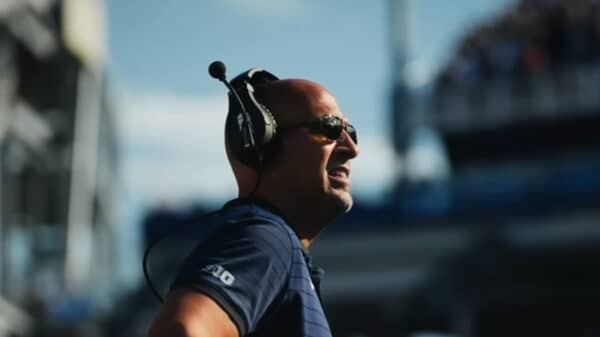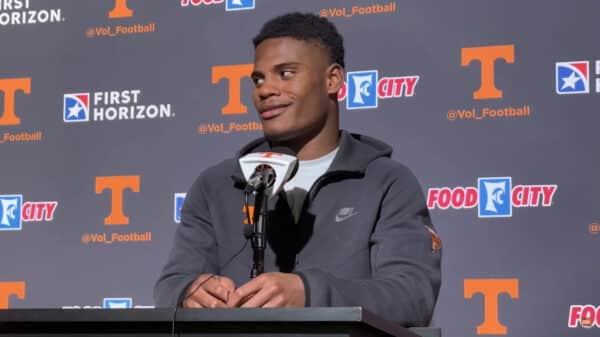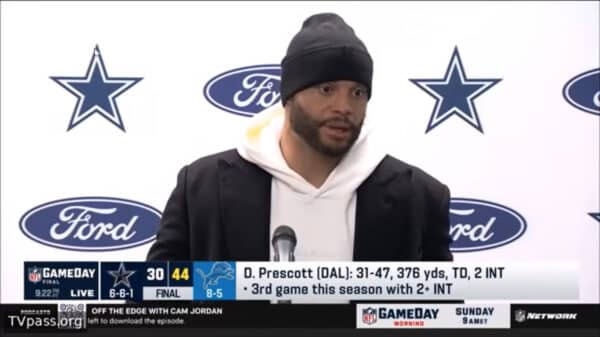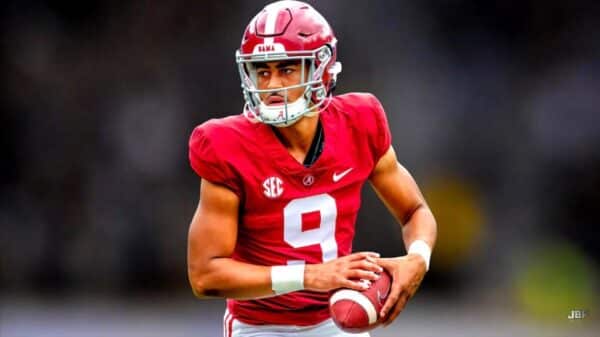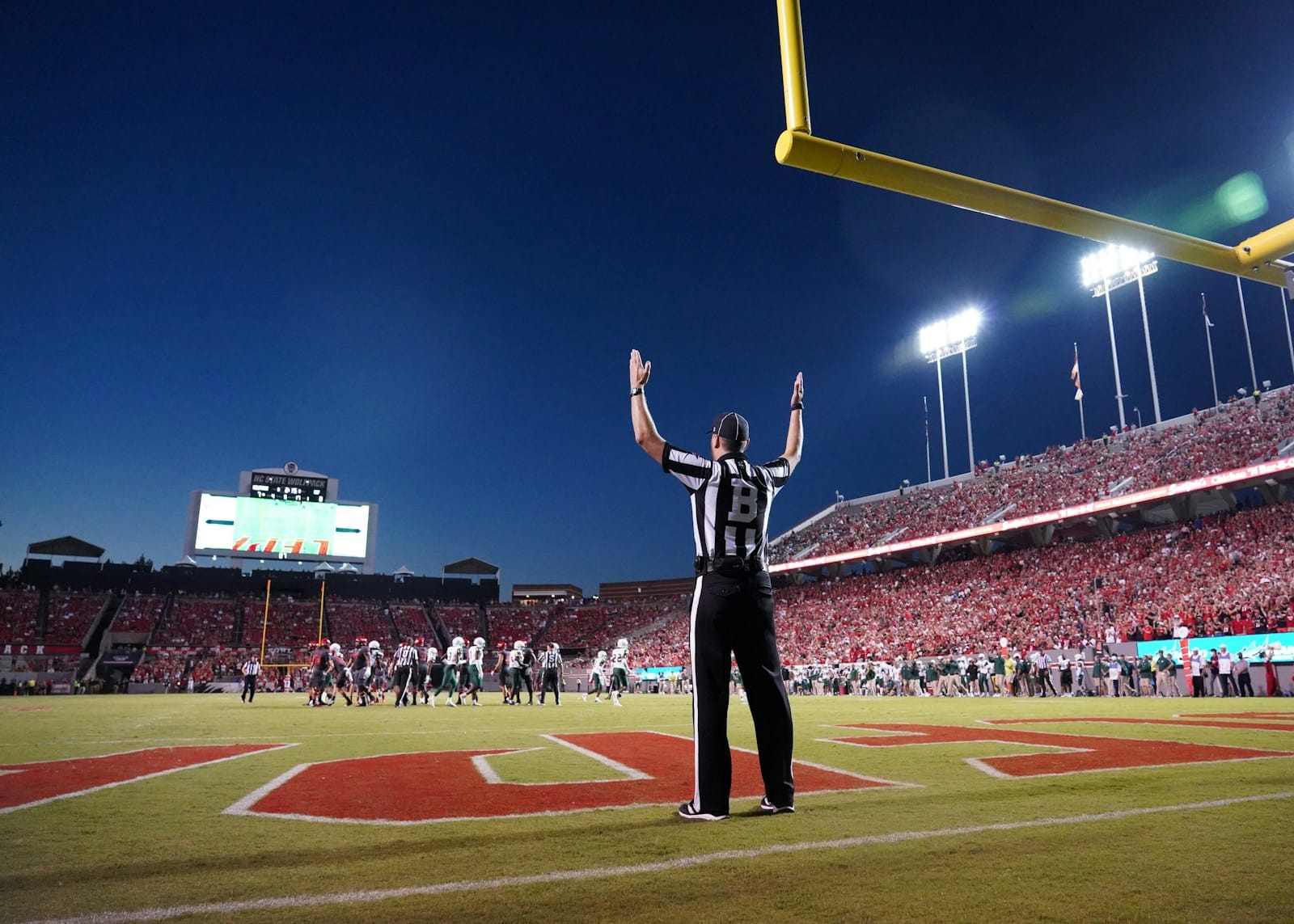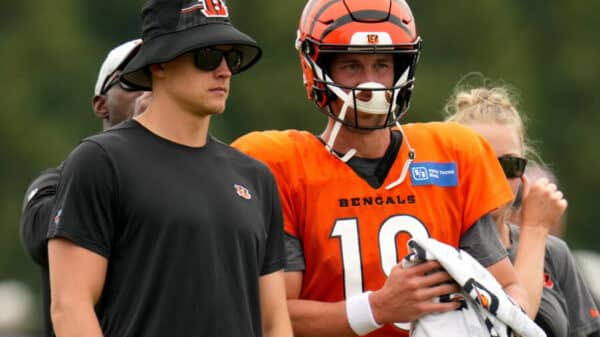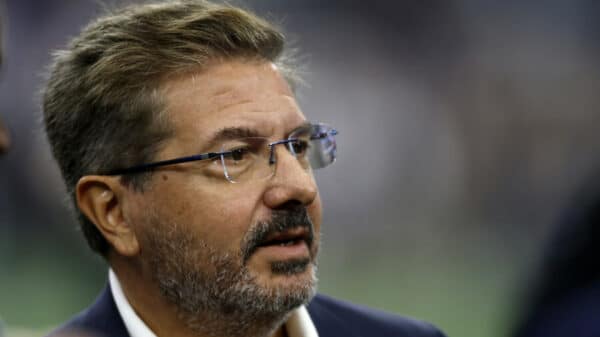Amid ongoing discussions about a financial crisis within college football, Mike Florio from Pro Football Talk presents a thought-provoking perspective that challenges the prevailing narrative. Using the substantial buyout of Penn State’s head coach, James Franklin, as a focal point, Florio argues that the reports of financial doom are exaggerated.
The Numbers Behind Buyouts
Florio points out that Penn State owes Franklin an astounding $49 million, a significant figure that is just one element of a larger financial picture. With recent coaching changes at institutions like Florida and Colorado State, buyouts across college football have already amassed to a staggering total of $116 million, and this tally may continue to climb as the season unfolds.
The Call for Change in Coaching Leadership
Anticipating more firings and subsequent buyouts, Florio emphasizes that college football programs appear unbothered by these expenses when it comes to parting ways with underperforming coaches. This willingness to invest substantial sums in coaching changes underscores a fundamental aspect of the financial framework of college football.
Debunking the Financial Instability Narrative
Florio makes a compelling case that if college football were genuinely suffering from financial hardships, the extensive buyouts would not be feasible. He asserts, “The ongoing ‘sky is falling’ narrative regarding college football is, frankly, nonsense.” He contends that the perceived instability does not stem from a lack of funds but rather from shifting priorities within athletic departments.
Shifting Focus: From Programs to Players
One key transition, as outlined by Florio, is the diversion of booster funds. Historically, these resources were earmarked for the athletic programs; however, there’s been a noticeable shift towards funding Name, Image, and Likeness (NIL) deals for players. This adjustment reflects what Florio describes as a long-overdue correction of longstanding financial practices that may have infringed on antitrust laws.
The Current State of Popularity and Competition
Despite the evolving financial landscape, Florio highlights that college football’s popularity remains robust, with viewership ratings on the rise. He notes that the competitive nature of the sport has not diminished, suggesting that the current challenges are more a matter of balance than solvency. The issues at hand are less about disgruntled “haves” and more about “have-nots” finally gaining leverage.
Final Insights: A Game in Transition
In conclusion, Florio argues convincingly that college football is not facing a financial crisis; it is, in fact, undergoing significant and necessary adjustments. The record buyouts stand as testimony to the sport’s financial health and its capacity to adapt to changing dynamics, illustrating that the future of college football remains promising.




